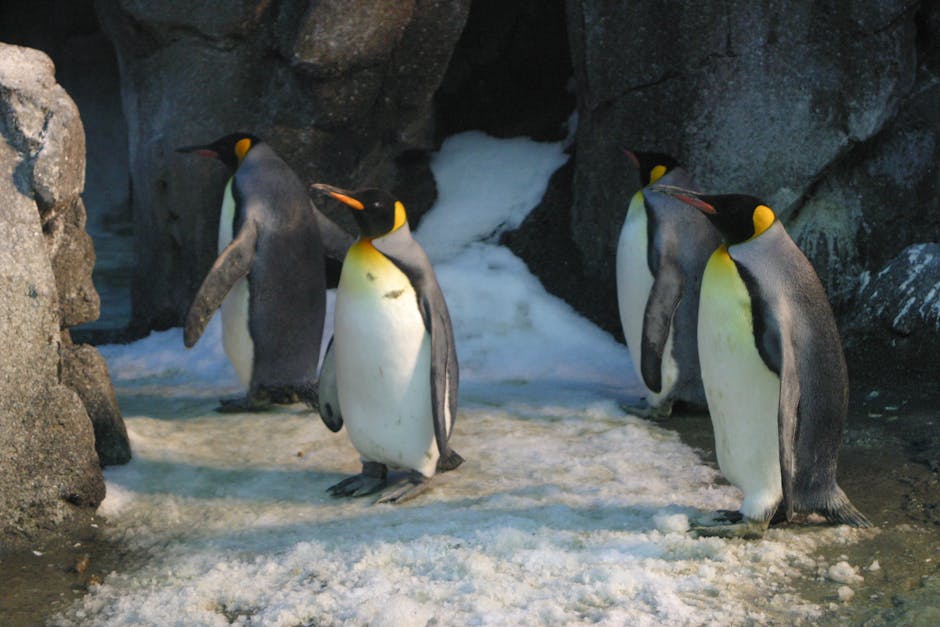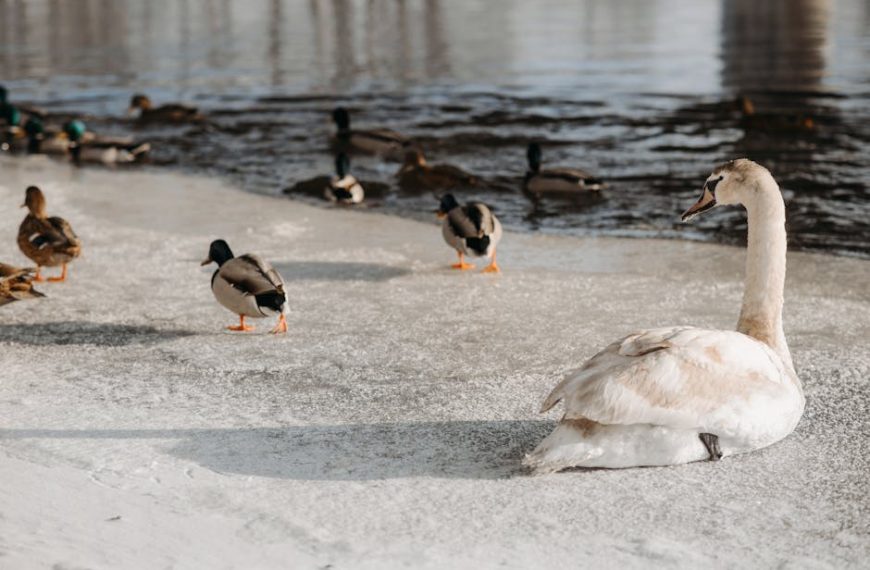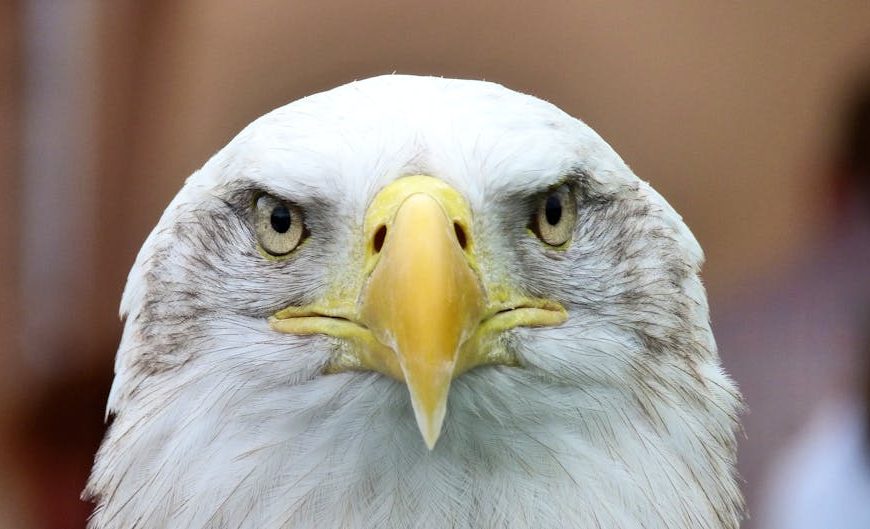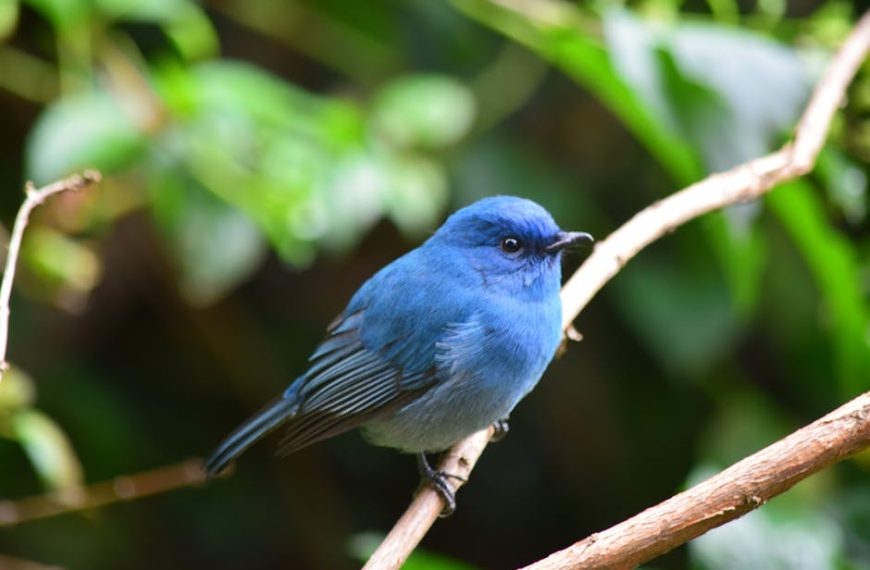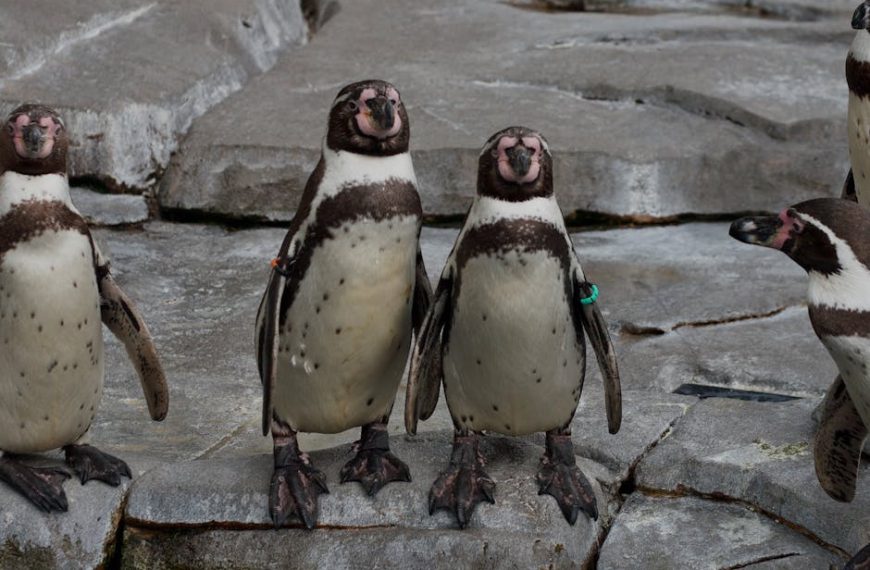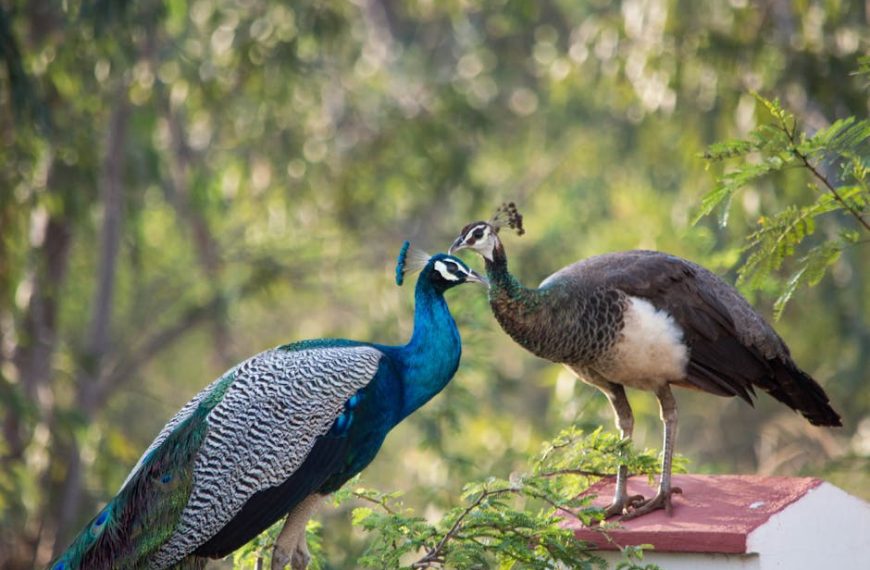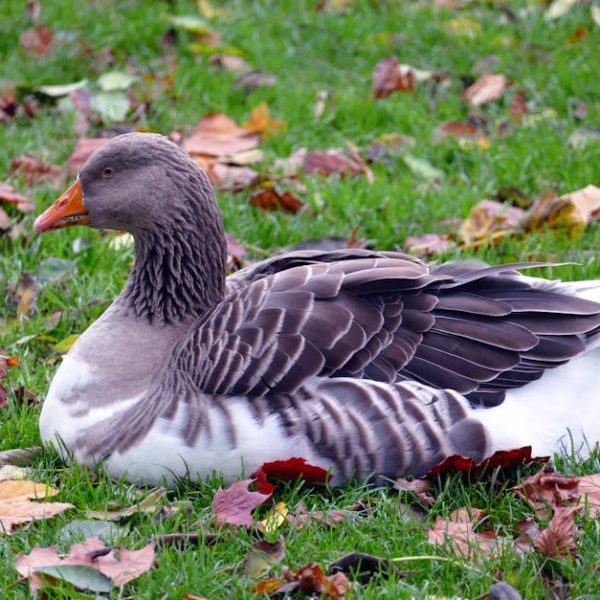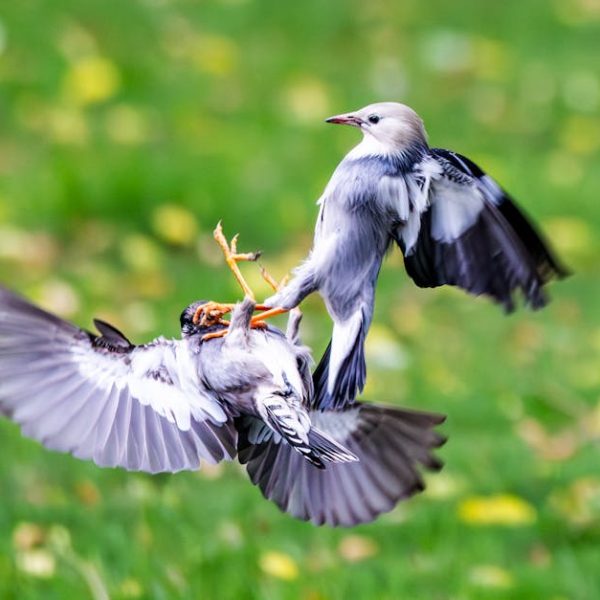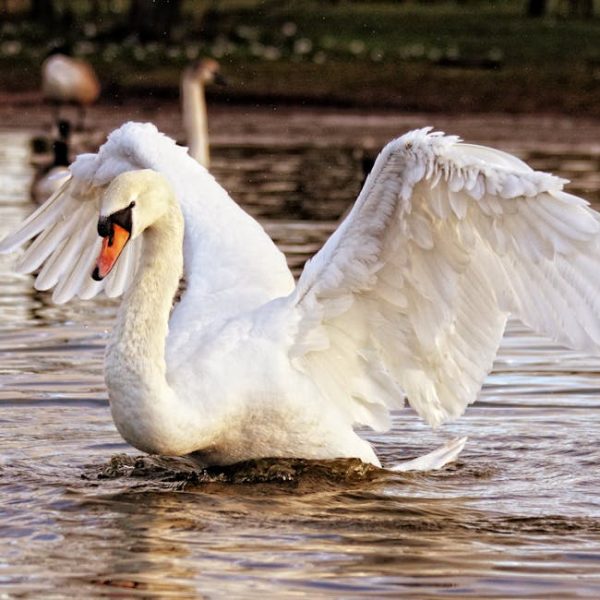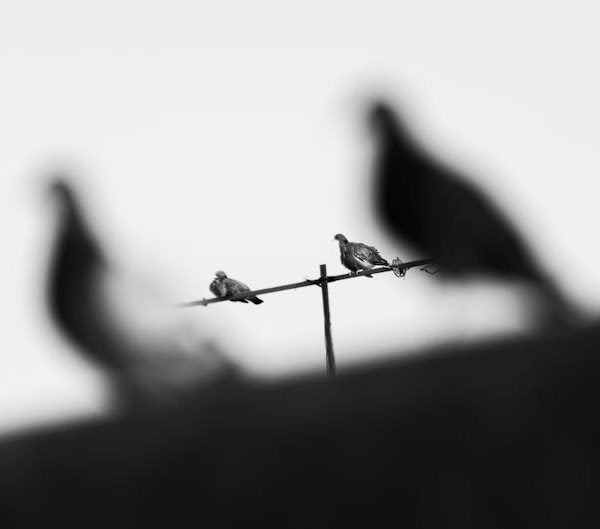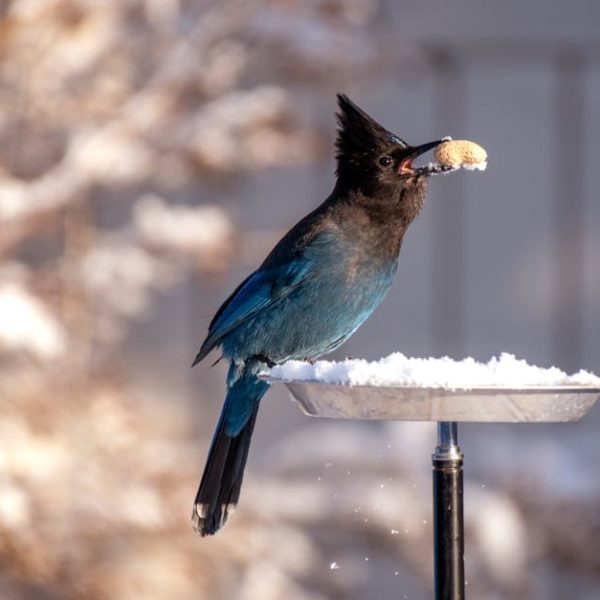Have you ever looked at a penguin, with its waddling gait, sleek body, and aquatic prowess, and wondered, Is that a bird? If so, you’re not alone. Despite their unconventional appearances and behavior, penguins are, indeed, members of the bird kingdom. In this article, we navigate through the fascinating world of these winged swimmers, focusing on physical characteristics, behavioral attributes, anatomy, physiology, and evolutionary history to shed light on why penguins are birds and not mammals or fish.
Examining Penguins’ Physical Characteristics
Whether it’s an eagle soaring high above or a tiny sparrow chirping melodiously from a branch, birds share characteristic features that set them apart in the animal kingdom, and penguins are no exception.
Like their airborne counterparts, penguins possess feathers. Though their feathers are small, dense and waterproof, they serve the same purpose as those on other birds, providing insulation, waterproofing, and, uniquely in the case of penguins, streamlined swimming. Penguins also share the feature of beaks used for preening and feeding, and they lay eggs, just like all birds. Add an internal structure adapted for extreme conditions, and you appreciate how these seemingly peculiar creatures fit snuggly into the bird family.
But it’s not just about what penguins share with other birds, it’s also about how they’re unique. Unlike most birds, their wings are adapted into flippers for swimming, and they adopt an upright posture on land—features that contribute to their fish-like persona but are merely adaptations to their icy, aquatic habitats.
Understanding Penguins’ Behavioral Attributes
Behavior is a notable identifier for bird species, and penguins have many behaviors in common with other birds. Most evidently is their behavior related to nesting, mating, and raising chicks. Like many birds, penguins form monogamous pairs during breeding seasons and have elaborate courtship rituals, involving vocal calls and physical displays. They also go to incredible lengths to incubate their eggs and raise their hatchlings—a testament of their bird-ness.
Moreover, penguins’ distinct behavioral traits—such as their tendency to live in large colonies and extensive swimming excursions—are merely adaptations to their environment, just as tree-dwelling birds have behaviors adapted for life in the treetops.
Interestingly, observing penguin behavior requires specific practices, as these creatures merit respect. It’s crucial to watch from a suitable distance, avoiding interference with their activities. Furthermore, understanding their behaviors in context is advantageous in grasifying their survival skills and appreciating their bird classification.
Next, we’ll dive into the anatomical and physiological aspects of penguins that further solidify their status as birds. But before we dissect that, let’s not overlook their evolutionary history—a narrative that remarkably reflects their avian identity. So, the next time someone questions whether a penguin is a bird, share this insight, and watch their understanding take flight.
Exploring Penguins’ Anatomy and Physiology
Just like any other bird species, penguins possess an advanced respiratory and circulatory system, designed to accommodate their extreme lifestyles. Penguins have lightweight, hollow bones that help them manage buoyancy during their long, deep dives. Additionally, they possess a unique heat-exchange system—similar to other cold-weather birds— that manages their body temperature in icy water and chilly polar climates.
A penguin’s body is anatomically adapted for life on ice and in water. For instance, their legs are set far back on their bodies to aid in swimming, while their feet are webbed and strong for propulsion and steering. Their dense coat of feathers provides efficient insulation, and a layer of blubber offers extra warmth and buoyancy. Undoubtedly, all these physiological characteristics serve to classify these unique creatures as birds.
Investigating the Evolutionary History of Penguins
Digging into the evolutionary timeline of penguins, you’ll find they trace their lineage back to avian ancestors. According to fossil records and DNA evidence, penguins are descended from flying birds that, over millions of years, adapted to life in the water. As these ancient birds became progressively proficient swimmers, their wings evolved into flippers, and their feathers grew more suitable for water rather than flight.
Considering the pros and cons of their evolutionary path, it seems that their transition from flying to swimming was beneficial, given the abundance of food in the oceans and fewer predators. However, this transition also had implications. These birds, now unable to fly, were limited to their cold environments and completely reliant on the seas for their survival. Yet, despite these boundaries, penguins have thrived, their ancestry and adaptations echoing their classification as birds.
Debunking Common Misconceptions about Penguins
It’s not uncommon for people to mistake penguins as mammals or even fish—after all, they do spend most of their time in water and are more proficient swimmers than they are walkers. However, as we’ve explored, differentiating penguins from other animals that share behavior or habitat with penguins isn’t that hard. Consider their traits such as feathers, egg-laying, behavior, and anatomy, and you’ll recognize their clear bird identity.
Comparisons to other aquatic animals such as seals or sea lions help to emphasize their avian traits. For instance, unlike seals and sea lions, who nurse their young with milk, penguins feed their chicks with regurgitated food – a trait unquestionably avian.
In conclusion, the mystery of why penguins are classified as birds is now decoded. Their physical attributes, behaviors, internal anatomy, and evolutionary history all align to classify these waddling, diving oddballs right alongside sparrows and eagles. So next time you see a penguin, you’ll appreciate just how bird-like these captivating creatures truly are. Their avian identification might not be conventional, but then again, what’s the fun in being normal?
Key Takeaway:
- Penguins, despite their unique traits and behaviors, are classified as birds due to shared physical features, including feathers, beaks, and egg-laying, behavioral similarities with other birds such as nesting, mating, and chick-raising rituals.
- Penguins’ anatomy, such as their avian respiratory and circulatory systems, designed for life in extreme cold and aquatic environments, further supports their classification as birds.
- Evolutionary history comprising evidence from DNA and fossil records attests to penguins descending from flying birds, which eventually evolved for aquatic life.
- Various misconceptions about penguins being mammals or fish are debunked by these findings and assertions, emphasizing their undeniable avian traits.
Let’s embrace and appreciate the diversity and extraordinary adaptations within the bird kingdom. Even though penguins might seem out of place among the more conventional bird species, they make our world more fascinating and diverse. Always remember, with knowledge comes understanding, and with understanding comes respect. Let these insights guide you in cherishing the remarkable avian family in all its forms, including the unique and beautiful penguins.
FAQs
Q: What unique adaptations do penguins have that are not found in other birds?
A: Penguins have wings evolved into flippers for swimming, and their feathers are dense, small and waterproof, creating a streamline body for swimming. They also have developed a unique heat-exchange system to handle icy water and chilly polar climates.
Q: Do all bird species lay eggs like penguins?
A: Yes, one defining characteristic of all birds, including penguins, is that they reproduce by laying eggs.
Q: Why can’t penguins fly like other birds, and how does this affect their survival?
A: Penguins can’t fly because their wings have evolved into flippers for swimming. This evolution has had both benefits and limitations, but it helped penguins thrive in their oceanic food-rich habitats with fewer predators.
Q: How can one distinguish penguins from seals or sea lions?
A: Penguins are birds, having feathers, laying eggs, and feeding their chicks with regurgitated food. Conversely, seals and sea lions are mammals, they have fur instead of feathers, give birth to live young, and nurse them with milk.
Q: Why do penguins live in cold environments?
A: Penguins are adapted to life in harsh, icy environments. Their dense feathers and layer of blubber provide insulation against the cold, and their physiology is adapted to deal with low temperatures and aquatic life.
Remember to share this insightful article, and we encourage you to explore more on our website to further enhance your understanding of our fabulous natural world.
